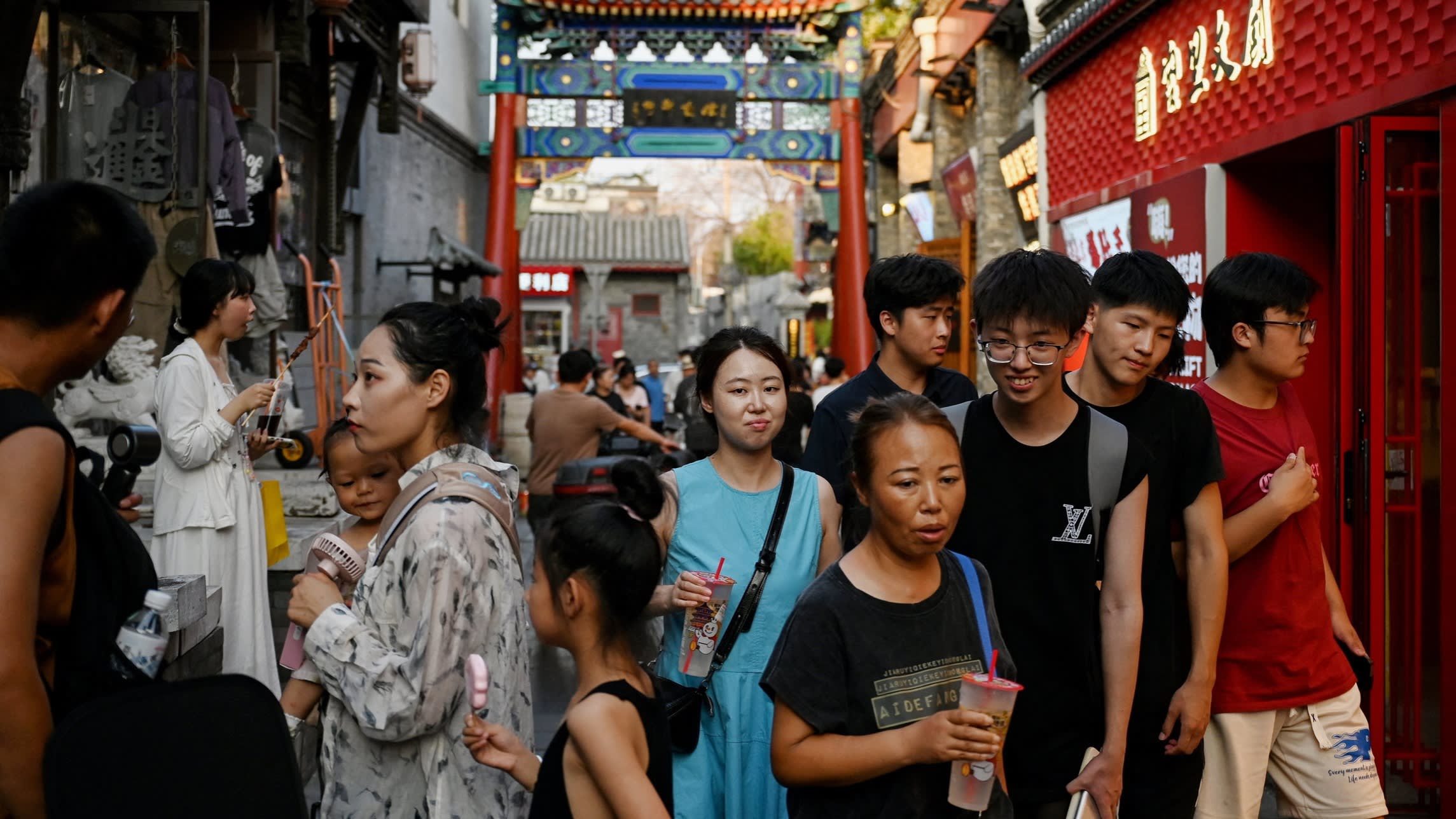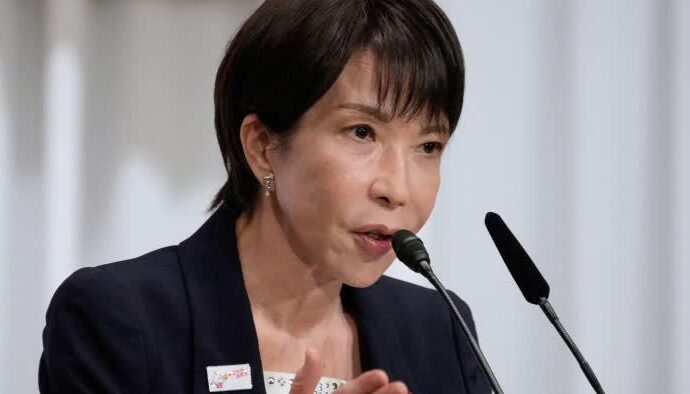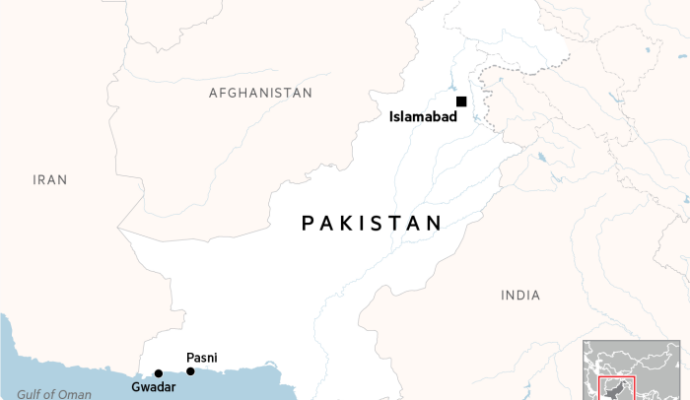
Unlock the Editor’s Digest for free
Roula Khalaf, Editor of the FT, selects her favourite stories in this weekly newsletter.
China shows no sign of securing lasting victory in its battle with deflation. Although annual consumer price inflation turned positive in June — for the first time since January — there are few who believe that sustained price growth is returning. A lack of demand remains a problem. Beijing has made a few efforts to encourage consumers, but it will need to go further, including by bolstering the country’s patchy benefit and pension provisions, which incentivise precautionary savings. Either way, there is little hope of China beating deflationary dynamics unless the Chinese Communist party addresses the other side of the ledger too — that of excessive supply.
Annual growth in producer prices has been negative since October 2022. Limited appetite among consumers at home forces Chinese factories to keep prices down in order to grab as much market share as possible. But low prices in China’s supply chains are also the inevitable consequence of aggressive competition in traditional industries such as steel and cement, and modern ones, including electric vehicles, solar panels and artificial intelligence.
After initially denying foreign concerns about overcapacity, Chinese President Xi Jinping and other leading officials have attacked domestic manufacturers for what they call neijuan, or “involution” which, when applied to industry, alludes to excessive price competition. Beijing’s own policies are largely to blame.
Over recent years, the president has reiterated the importance of “new quality productive forces” to China’s economic progress. The strategy emphasises the development of advanced technologies and new industries. This is triggering a free for all in the country’s state-led capitalist model. Businesses clamber into new industries to attract political support and prestige. Local governments — with their own economic targets, handed down from the centre — then tend to shower emerging industries with subsidies, tax breaks and protections. Attracting expanding businesses also helps to prop up the regional tax take.
But the result is a surge in investment, rife with duplication. Factories and new production lines are often established with little regard for downstream demand. As stock piles up, retail prices get slashed — sometimes below cost — as producers try to maintain their market share. Ports are turned into EV car parks, and AI chips lie idle in newly constructed data centres. It is getting harder for Chinese manufacturers to export this oversupply. Its trading partners now have heightened awareness of the impact of importing cheap products on their domestic industries.
Beijing is trying to pressure provincial politicians and industries to clamp down on “involution”. The cement, steel and constructions sectors have all suggested they will make adjustments. China has had success in curbing overcapacity in the recent past, but mostly in large state-controlled industries. Controlling hyper-competitive industries, however, will not be straightforward without significant reforms.
The state’s largesse needs to be curbed; a unified national market might help restrain local governments’ ability to offer distorting incentives. Shifting provincial targets away from GDP would alleviate the narrow focus on output. Tighter intellectual property frameworks could slash duplication and encourage more innovative differentiation. In other words, Beijing needs to nurture the conditions for freer and fairer competition.
It’s possible that Xi focuses on setting caps and pressuring producers to reduce output. He may be conscious of overcorrecting since he has made modern manufacturing the central pillar of China’s growth model. But Beijing will do well to realise that its excessive support is the problem. The state can build factories — but it can’t manufacture efficiency.

